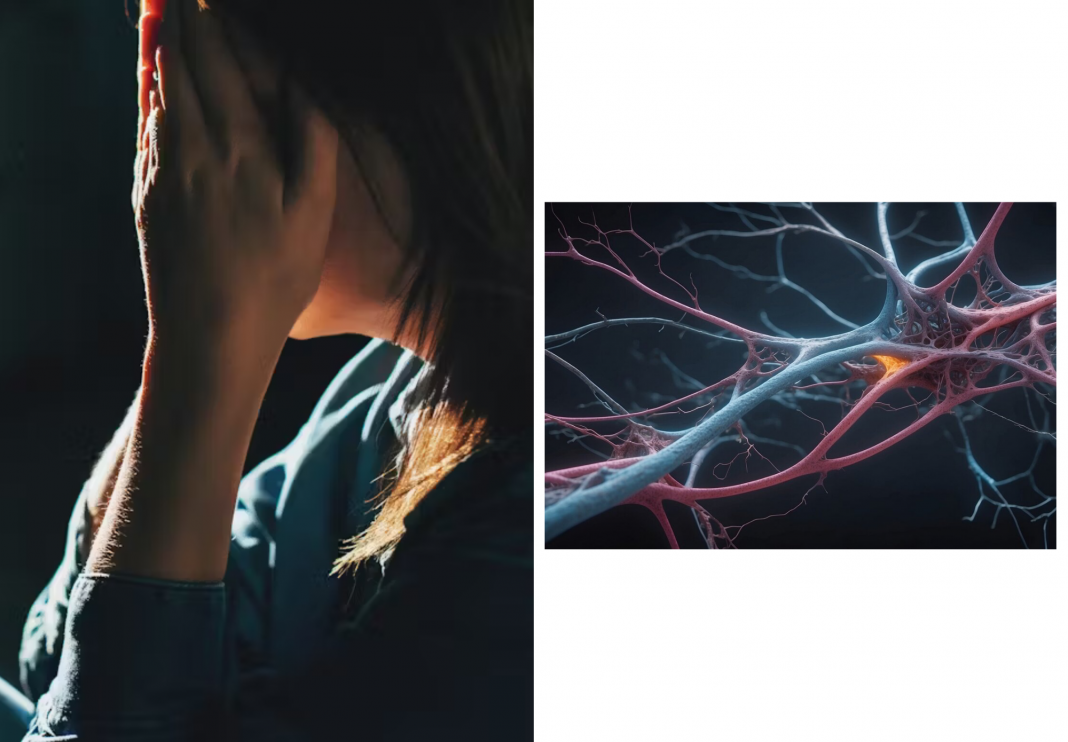Human behavior is fundamentally driven by the pursuit of rewards, a system that is essential for survival. From enjoying a delicious meal to the emotional fulfillment of nurturing a child, our brains create powerful memories of these positive experiences to ensure we repeat them. However, in some cases, this delicate system can be hijacked by drugs of abuse, which create such potent reward memories that they can override natural survival behaviors. For decades, addiction has been treated as a general behavioral problem, but a new body of research in neuroscience is offering a more precise solution. By targeting the specific clusters of neurons that store drug-related memories, scientists may one day be able to selectively erase or alter these harmful recollections, offering a path to recovery without dulling the brain’s ability to experience pleasure from the world around it.
The Neurobiology of Reward and Memory
To understand addiction, we must first understand the neurobiology of memory and reward. Every positive experience triggers the brain to create a physical representation of that memory, known as an engram, which is essentially a permanent trace of the experience. This concept, first proposed by evolutionary zoologist Richard Semon in 1904, has been revolutionized by modern neuroscience. We now know that these memories are physically stored in tiny clusters of interconnected brain cells called neuronal ensembles. When these ensembles are activated, they retrieve the memory, helping us make decisions about our present and future choices.

The same powerful mechanism that helps us find food and shelter is what makes addiction so difficult to treat. Drugs like cocaine and fentanyl create incredibly potent reward memories, reinforcing the behavior of seeking them out again and again. These memories are so strong that they can hijack the brain’s natural reward system, leading a person to prioritize drug seeking at the expense of vital behaviors like eating, sleeping, or maintaining social connections. In essence, the brain has been rewired to favor a destructive reward over behaviors essential for survival.
The Challenge of Targeting Drug Memories
A major challenge in treating substance use disorders is that the brain’s processing centers for drug rewards and natural rewards largely overlap. This makes it difficult to develop treatments that target only the desire for drugs without also dampening a person’s ability to feel pleasure from natural, healthy activities. Existing treatments, such as certain types of brain stimulation, are often not specific enough to differentiate between the two types of reward pathways. As a result, they can have the unintended side effect of reducing a person’s motivation to seek out positive, healthy experiences, which can be a barrier to long-term recovery.
To overcome this, researchers are now focusing on a more precise, cellular-level approach. Using genetically modified mice, scientists can “tag” the specific neurons that are active during a drug-related experience. This allows them to map the brain’s memory storage in unprecedented detail. This work has led to a crucial discovery: the network of cells that store the memory of seeking cocaine are mostly distinct from the neuronal ensembles linked to seeking sugar. This suggests that while the brain’s reward centers may overlap, the actual memory of a specific reward is stored in its own unique cellular network.
The Promise of Modern Neuroscience
This groundbreaking understanding opens up a new and exciting avenue for addiction treatment. By pinpointing the exact genes and cellular mechanisms within the neuronal ensembles that store drug memories, scientists could potentially develop highly targeted therapies to reduce the activity of only those neurons. This could effectively diminish a person’s craving for drugs without altering their ability to experience pleasure from natural rewards. The goal is to repair the brain’s reward system, not just to numb it.

Additionally, research is exploring how drugs of abuse affect the brain when multiple substances are used together, a common pattern among people with substance use disorders. By comparing the neuronal ensembles associated with different drugs, like cocaine and fentanyl, researchers can study how the brain represents and stores memories when exposed to a mix of substances. My lab is also using fruit fly models to analyze the genetic activity of the neuronal ensemble linked to seeking cocaine, which could help identify new genetic targets for treatment.
A “System Reboot” with Psychedelics
In another promising area of research, scientists are exploring the use of psychedelics to treat addiction. Several clinical trials have shown that substances like psilocybin, the active compound in magic mushrooms, may help reform the harmful neural pathways that lead to compulsive drug use. Researchers theorize that psychedelics can trigger a kind of “system reboot” for the brain, helping to break the fixed, intrusive thought patterns and behaviors that are common symptoms of substance abuse.
Early results from these trials point to the potential of psychedelics to treat tobacco, alcohol, and opioid use disorders, with participants reporting increased abstinence and reduced cravings. My lab is currently examining how psilocin, the active metabolite of psilocybin, affects the drug-related memories of mice to see if it can alter their drug seeking and intake. This research could lead to new therapies that go beyond simply managing symptoms and instead focus on fundamentally changing how the brain remembers and responds to the rewards of drug use.



